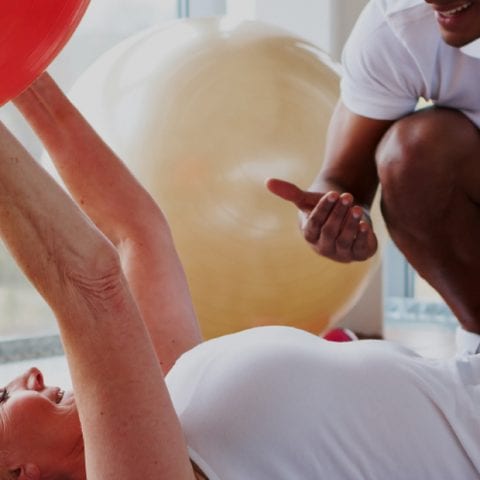The following Level 3 Exercise Referral mock exam is provided as a FREE resource for anyone working towards the Level 3 Diploma in Exercise Referral.
While the current version of the qualification no longer has an exam, this mock theory resource can serve as a useful revision aid for anyone working towards this exercise referral course, including the Special Populations Diploma.
The questions presented in this assessment provide a realistic flavour of questions that will appear in a live exercise referral setting; many of these questions will also be necessary to complete the worksheets which relate to the ‘Programming Exercise for Referred Clients’ unit within this qualification.
This exam contains 30multiple-choice theory questions and you are required to answer 21 correctly (70%) in order to pass.
Feel free to use this assessment as often as you like. Good luck!

